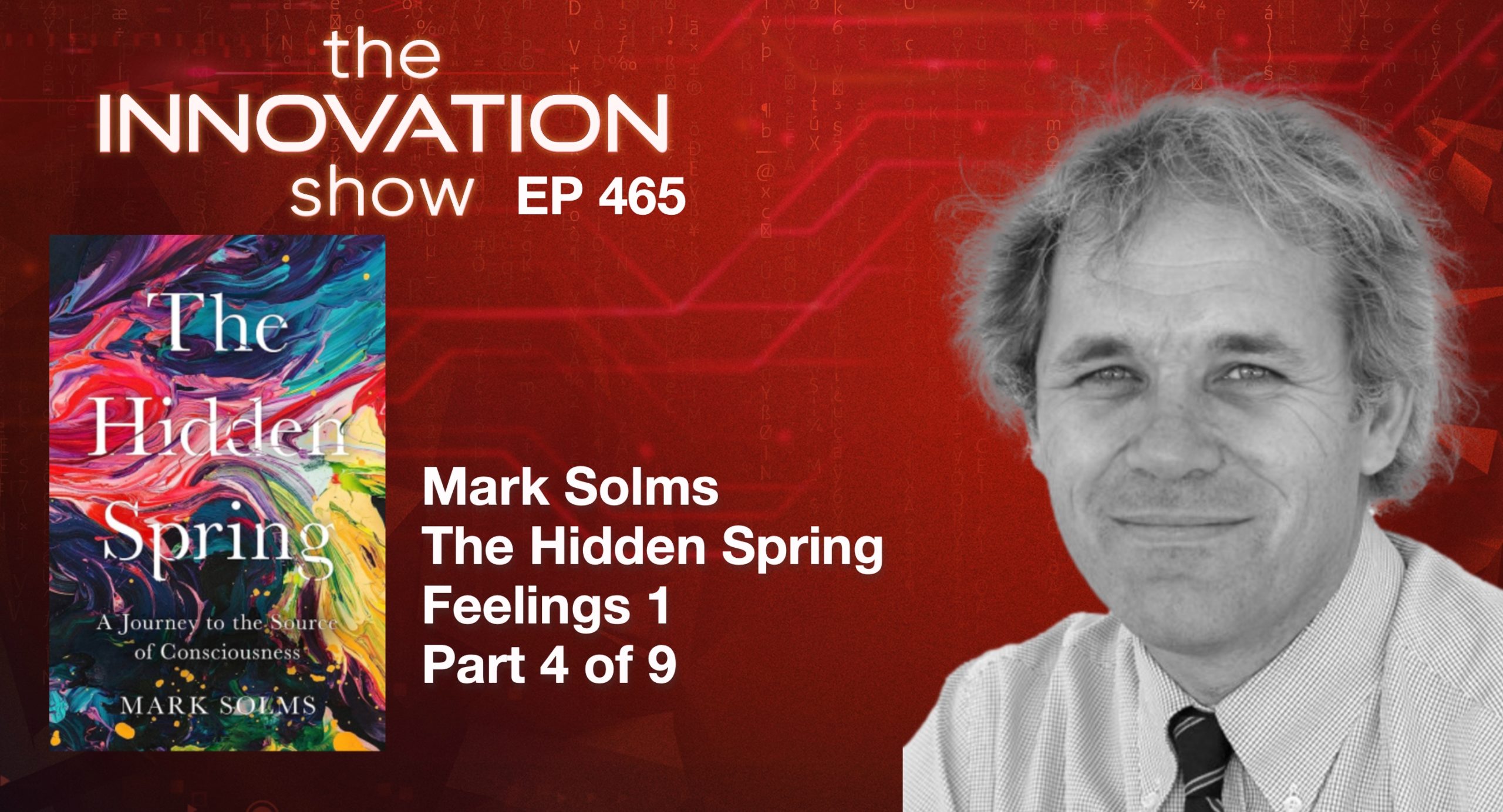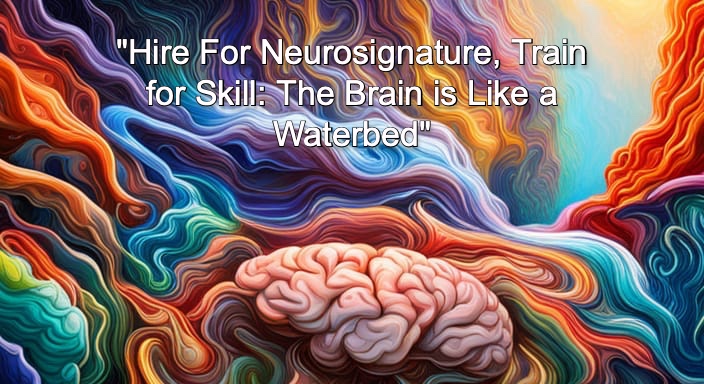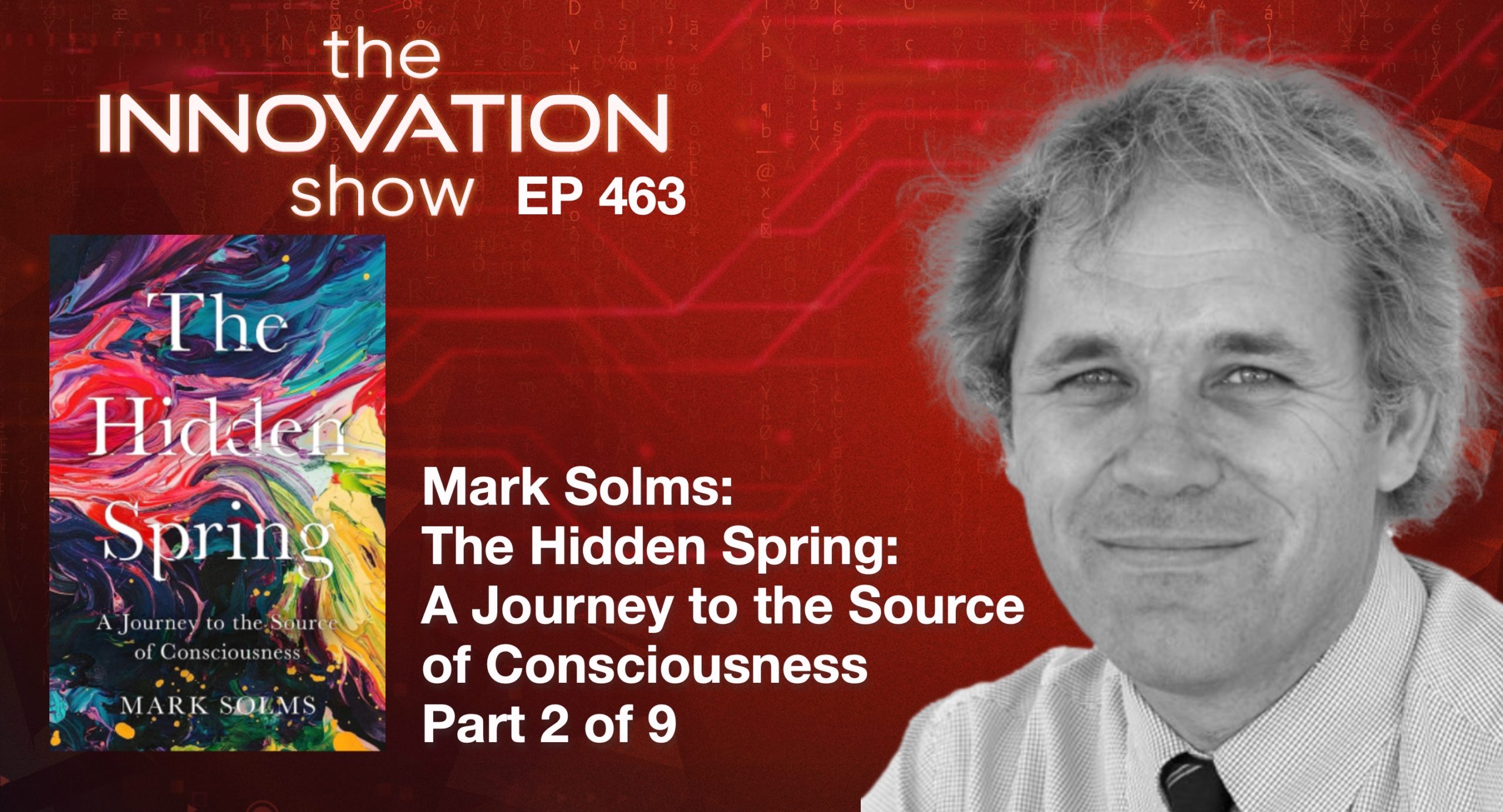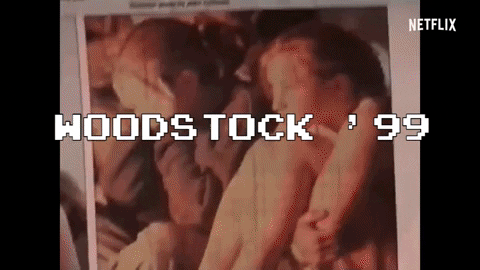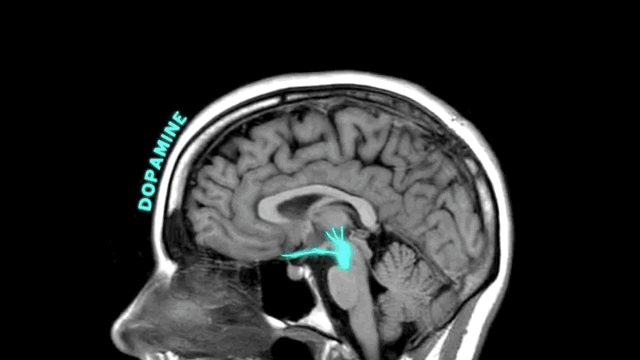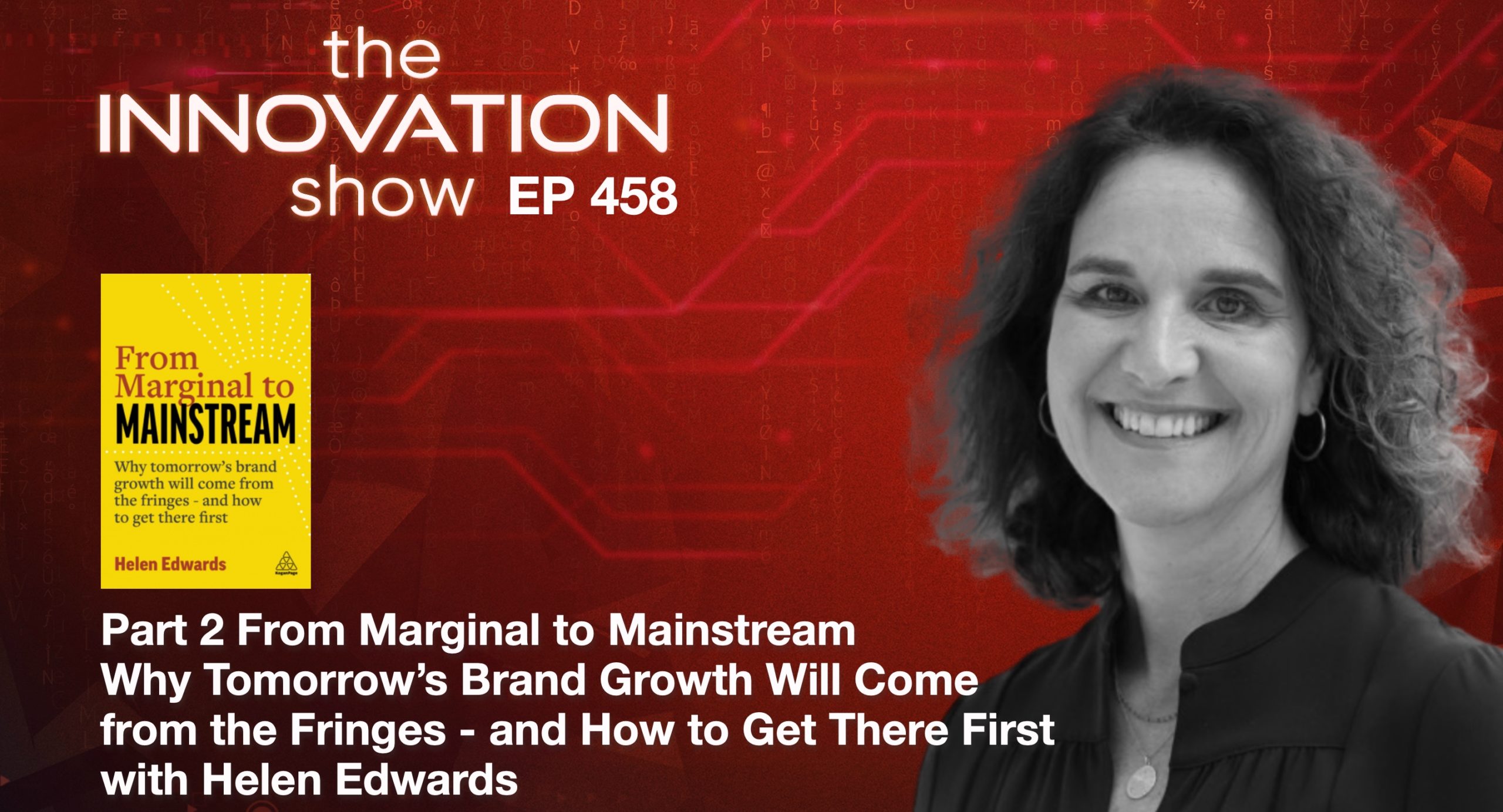Feelings are difficult to research because they are inherently subjective, but If we exclude feelings from our account of the brain, we will never understand how it works. You tell us, to a fantastic degree, neuroscientists searching for an explanation of consciousness have ignored feelings. Mark Solms takes us on an exploration of Feelings and te work of his friend and collaborator, Jaak Panksepp.
Posted 2 years ago Tagged Adhd Autism Business Charles Conn DEI Entrepreneurship Equity Friederike Fabritius Helen Edwards Innovation Neurodiversity Neuroscience Resilience Strategy Transformation
Hire For Neurosignature, Train for Skill: The Brain is Like a Waterbed. Audio version of our popular article.
Posted 2 years ago Tagged agi AI Aidan McCullen Artificial Intelligence artificial intelligence (AI) Business Corporate Culture Disruption Gods and useless Yuval Noah Harai Innovation Leadership Robots Strategy Transformation
While scams and fraud have been around as long as human society, what happens when a scammer is no longer a person but an AI? As in Esperanza’s case, trust is often the scammer’s most potent weapon. This elderly woman, driven by her religious obsession, gave her life savings to someone she believed was divine. With its capacity to learn and adapt, AI could potentially exploit that trust on a much larger scale.
Posted 2 years ago Tagged Aidan McCullen Brain brainwellness Business Consciousness dopamine empathy Innovation Leadership Mark Solms MarkSolms Neuroscience The hidden spring thehiddenspring Transformation
Join Mark Solms and I for Part 2 of The Hidden Spring: A Journey to the Source of Consciousness
Posted 2 years ago Tagged AI and the Problem of Privilege Ai Ethics Aidan McCullen Business Corporate Culture Disruption Entrepreneurship Innovation Leadership Phaedra Boinodiris Transformation
AI has a Problem of Privilege.This week’s Thursday Thought draws an unlikely parallel between Woodstock ’99 and the burgeoning issue of AI’s privilege problem, warning of an oncoming “Tr-AI-wreck.
Posted 2 years ago Tagged AI for the Rest of Us Aidan McCullen Corporate Culture Innovation Phaedra Boinodiris AI Ethics Phaedra Boinodiris IBM Transformation
I was MC for the tech stage at the Fifteen seconds Festival in Graz, Austria. I had the pleasure of meeting the brilliant Phaedra Boinodiris. She is the author of the book “AI for the Rest of Us”, and is a co-founder of the Future World Alliance, a non-profit dedicated to curating K-12 education in AI ethics.
Posted 2 years ago Tagged Aidan McCullen Business Corporate Culture DEI Disruption Diversity and Creativity Diversity Good for Profits Entrepreneurship Friederike Fabritius Helen Edwards Innovation Leadership Neurodiversity Strategy Technology Transformation
Hire For Neurosignature Train For Skill. In a changing workplace, rather than hiring solely based on skill, we might consider a candidate’s neurosignature. Each neurosignature brings unique strengths to the table. Hiring for neurosignature and training for skill might lead to higher workplace happiness, higher revenue and lower employee turnover.
Posted 2 years ago Tagged Aidan McCullen Corporate Culture Entrepreneurship From Marginal to Mainstream Helen Edwards Innovation Leadership Marketing Marketing Strategy Strategy Technology Transformation
Helen Edwards joins us for part 2 of a 2-part episode on her book, “From Marginal to Mainstream Why Tomorrow’s brand growth will come from the Fringes – and How to get there first.”
Posted 2 years ago Tagged Aidan McCullen Caterpillar Cake Battle M&S Aldi Corporate Culture Disruption Entrepreneurship Incremental Innovation Innovation Leadership Rita McGrath Transformation
Incremental innovation remains a critical component for organisations. However, when an organisation only rewards incremental endeavours (recognition, remuneration and promotion), why would anybody want to risk their career with transformational effort? Give the customer a 12-blade razor, a chai-latte-flavoured soda or a 6G Origami phone. By all means, be a fast-moving caterpillar-cake copycat, but invest some of the profits from the incremental present into the transformational future. Don’t use the future to fuel your present.
Posted 2 years ago Tagged Business Cricket Protein Disruption Innovation Insect Protein Marketing Strategy Technology Transformation Veganism
Helen Edwards book, “Marginal to Mainstream” shows why businesses, marketers and entrepreneurs need to break free from their ‘mainstream inhibition’ and turn their attention to the margins – to confront, evaluate and embrace the ‘strangeness’ of behaviours, ideas and ways of life at the fringes.
